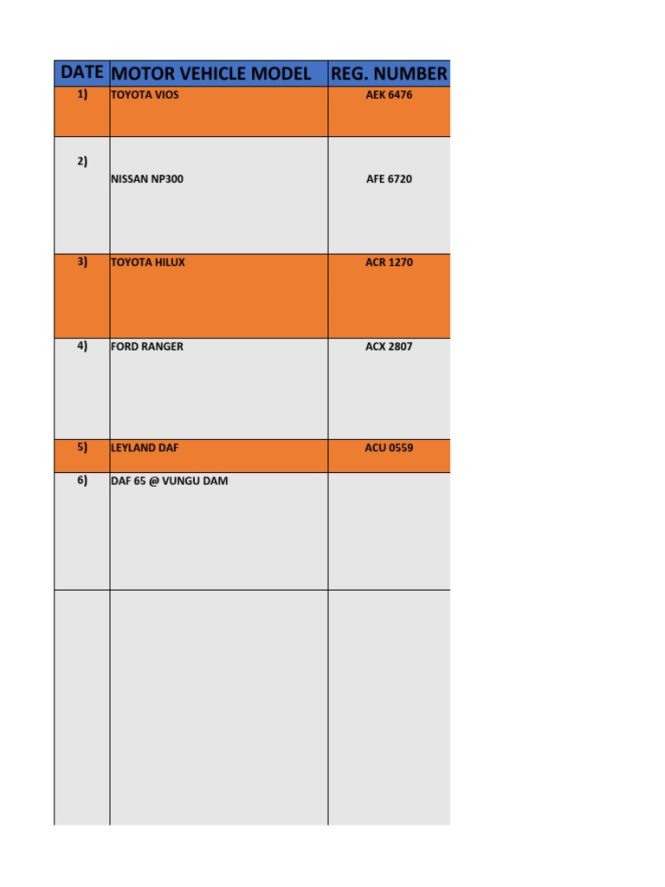

How to Create a Repair Budget is a crucial skill for anyone responsible for a property or business, large or small. Unexpected repairs can quickly spiral into significant expenses, impacting your financial stability and your projects. A well-structured repair budget is essential for proactive maintenance and financial planning. This comprehensive guide will walk you through the process of creating a repair budget, covering everything from estimating repair costs to allocating funds effectively. Whether you’re a homeowner, landlord, property manager, or business owner, understanding how to create a repair budget is essential for long-term financial health. This article will cover identifying and prioritizing repairs, budgeting for various expenses, and how to adapt your budget to unforeseen circumstances. Let’s dive in!
Understanding the Importance of a Repair Budget
Defining a Repair Budget
A repair budget is a pre-planned allocation of funds set aside specifically for potential repairs to your property, home, or business. A well-defined plan ensures you’re prepared for unexpected maintenance needs, thereby avoiding the financial strain of unforeseen expenses. It’s a proactive approach to maintenance that minimizes disruptions and saves money in the long run. The budget outlines the estimated cost of repairs, their prioritization, and the scheduling for work. Many people underestimate the significance of a repair budget, often leading to significant financial problems when unexpected repairs occur. For example, a sudden burst pipe can quickly empty your savings account if you lack a proactive budget. Creating a repair budget allows for better financial management and control over your assets.
Estimating Repair Costs
Assessing Potential Repair Needs
Accurate cost estimation is paramount to creating a realistic repair budget. Regular inspections of your property are essential to identify potential problems before they escalate into major repairs. Look for signs of wear and tear, such as cracks in the walls, leaky faucets, or malfunctioning appliances. A proactive approach to maintenance involves regular inspections. A comprehensive visual assessment should be conducted. For example, examine the roof for signs of damage, check for any issues with plumbing or electrical systems, and inspect the exterior for signs of deterioration. This proactive approach allows for timely intervention, preventing minor problems from becoming major repairs. These preventive measures can save you a substantial amount of money in the long run.
Historical Data Analysis
Reviewing past repair records provides valuable insights into average repair costs over time. Analyzing past expenses can help you develop realistic estimations for future repairs. Documenting every repair, along with the total cost, offers a significant reference. This way, you’ll have a clearer picture of the average costs associated with different types of repairs over time. For example, if you’ve had a particular type of appliance repaired in the past, use that information as a benchmark for future estimates. Tracking this data helps you develop a more accurate future budget and avoid unnecessary expenses.
Prioritizing Repair Needs
Identifying Urgent and Non-Urgent Repairs
Prioritize repairs based on their urgency and impact on the property’s functionality. This strategy prioritizes the most critical repairs over less urgent ones. By organizing your repair needs in this way, you allocate resources and time effectively to ensure your property functions smoothly. Some repairs are crucial for maintaining a functional space—preventing further damage from occurring or maintaining safety is essential. A burst pipe in your home or a malfunctioning electrical system in a business would fall into this category and require immediate attention. Conversely, aesthetic issues or minor problems can be addressed at a later date. Analyzing the potential impact of each repair will help you determine the order of priority. For example, a dripping faucet might not be urgent, but a malfunctioning HVAC system poses an immediate comfort and safety risk, and therefore should be addressed first.
Allocating Funds for Repairs
Creating a Budget Allocation Strategy
Once you’ve estimated the costs and prioritized the repairs, allocate funds effectively within your budget. Decide how much to set aside for each repair item, keeping in mind any potential increases in prices. Divide your budget into categories—such as plumbing, electrical, and roofing—to ensure each area gets the necessary funding. For example, a home repair budget might include different categories for each room of your house, while a commercial property repair budget will be divided into different departments, like accounting, reception, or marketing. Categorizing your needs allows for more effective budgeting and control. Be sure to consider a contingency fund for unexpected repairs or price increases.
Monitoring and Adapting Your Budget
Reviewing Budget Performance and Updating as Needed
Regularly monitor your repair budget’s performance to ensure it aligns with your expectations. Any discrepancies must be addressed immediately. For instance, if your actual expenses are significantly higher than estimated, investigate the reason for the difference. This analysis will help you refine your estimates and budgeting strategies in the future. Review your budget periodically, ideally monthly or quarterly, to assess progress, and make adjustments as needed. A flexible budget ensures that your funds are used optimally, allowing for unexpected fluctuations in repair costs. For example, unexpected weather events could increase the necessary allocation for certain repairs, and thus require adjusting your budget.
Additional Tips for Effective Repair Budgeting
Seeking Professional Advice
When creating a repair budget, consider seeking advice from professionals in the field. A professional can help you estimate repair costs more accurately and identify potential problem areas. This ensures that you plan for any unforeseen costs. This is especially important for complex repairs or projects.
Choosing the Right Tools
Using Spreadsheet Software for Budgeting
Spreadsheet software can be a valuable tool for creating and tracking your repair budget. Using a spreadsheet program like Google Sheets or Microsoft Excel allows you to organize your data, make calculations, and track expenses easily. The spreadsheet format ensures a clear representation of your budgeted expenses and their actual amounts, facilitating easier analysis and understanding.
Best Practices in Budget Maintenance
Documentation and Record Keeping
Thorough documentation is crucial for any budget maintenance process. Ensure all repair costs and related information are meticulously recorded in your budget documents, helping you track and analyze expenses. Maintain a log of all repair work done, noting the dates, costs, and descriptions of each repair. Regular record-keeping makes it easier to identify potential issues, prevent unnecessary expenses, and ensure effective resource management.
Frequently Asked Questions
How often should I review my repair budget?
Regularly reviewing your repair budget is essential. Aim for monthly or quarterly reviews to identify any discrepancies between your estimated costs and actual expenses. This enables you to make timely adjustments to avoid unexpected financial issues. Reviewing these costs regularly will allow you to plan for the future and spot potential problems before they happen.
What are some preventative measures I can take to reduce repair needs?
Preventive maintenance is key to reducing repair needs. Conduct regular inspections of your property, home, or business to identify potential problems early. This could include checking for leaks in your plumbing system, examining your electrical wiring for potential faults, and ensuring your HVAC system is functioning optimally. Taking preventative maintenance steps can reduce the risk of costly repairs in the future. These preventative maintenance measures will ensure smooth operations for the future.
In conclusion, creating a robust repair budget is crucial for maintaining the health of your property or business. By following these steps, you can gain control of your finances and ensure that unexpected repairs don’t derail your plans. Regularly reviewing and adjusting your budget as needed will help you stay on top of maintenance and prevent costly surprises down the road. Remember, a proactive approach to repair budgeting is always better than a reactive one, saving you both time and money in the long run. Contact a professional for more detailed advice. Start creating your repair budget today!